There’s a second, simply earlier than the summit, when the air grows skinny, the trail narrows, and silence settles like a veil. In that stillness – excessive above the tree line, past the noise of the world – you start to grasp why the traditional Greeks constructed shrines on these lofty heights. Removed from the bustling cities and sun-bleached sanctuaries of the coast, the mountains have been thought of sacred thresholds: locations the place earth touched sky and people would possibly draw close to the divine.
Whereas most guests to Greece flock to storied websites like Knossos or the Parthenon, few enterprise to the windswept ridges the place rituals as soon as echoed and fires burned beneath open skies. Scattered throughout the highlands are the stays of mountaintop sanctuaries – locations of providing and awe, usually devoted to Zeus in his most elemental varieties: storm-bringer, sky-lord, protector, and punisher. These weren’t serene temples of marble and geometrical order, however wild altars to a god of climate and can.
Right here, we’ll journey to 6 of those sacred summits, the place fable and archaeology intertwine, and the ascent itself turns into a part of the story. The month of Could is a perfect time to discover: the paths are dry, the skies clear, and the scent of pine and wild thyme lingers within the air like an historic invocation. So, lace up your boots – there are mountains to climb, and the gods are ready.
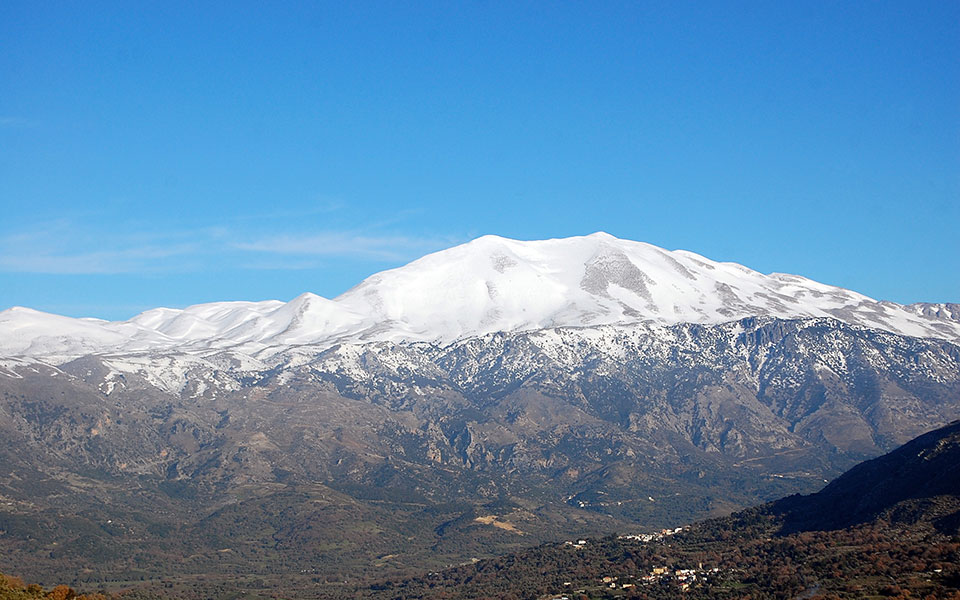
© Shutterstock
Mount Ida: Birthplace of a God
Lengthy earlier than the Olympian Zeus hurled thunderbolts throughout the Greek world, an older incarnation of the sky god was commemorated excessive on Mount Ida (Psiloritis), Crete’s tallest peak. Right here, within the rugged coronary heart of the Minoan world, lies one of the extraordinary archaeological websites within the Aegean: Zominthos, a high-altitude palace perched at 1,200 meters, alongside the traditional pilgrimage path to the sacred Idaean Cave.
Excavations – initiated by the late Greek archaeologist Yannis Sakellarakis and continued after his dying in 2010 – have uncovered a sprawling, multi-level complicated courting to the seventeenth century BC. The location reveals indicators of elite habitation, refined craftsmanship, and ritual exercise. Its uncommon elevation suggests a twin function: each a seasonal retreat and a ceremonial heart, seemingly serving a priestly elite engaged in mountain worship.

© Shutterstock
Past Zominthos, the path ascends to the Ideon Andron Cave, lengthy revered because the birthplace of Zeus. In line with fable, the toddler god was hidden right here by his mom Rhea, to guard him from his father, the titan Kronos – identified for swallowing his offspring to stop them from usurping his rule. The cave remained a sacred website for hundreds of years; even Roman emperors despatched choices. Archaeological finds inside embrace bronze collectible figurines, libation vessels, and ceremonial double axes (labrys) – all emblematic of Minoan and early Greek ritual apply.
Right this moment, the hike up Mount Ida presents a uncommon convergence of fable, panorama, and archaeological marvel. Beginning close to Anogia or Livadia, trendy trekkers can go to Zominthos earlier than persevering with to the cave, nestled in a stark limestone ravine. Although the palace lies in ruins, its terraces and foundations nonetheless command the mountain go, echoing the age-old journey from palace to peak – from energy to divinity.

© Shutterstock
Mount Lykaion: Zeus of the Wolves and the Shadow of Sacrifice
Excessive within the wild coronary heart of Arcadia, the place the Peloponnesian panorama turns rugged and distant, rises one of the historic and enigmatic sanctuaries of Zeus: Mount Lykaion – “Wolf Mountain.” That is no marble temple or orderly precinct. Right here, at 1,400 meters above sea degree, Zeus was worshipped in his most primal and chthonic type: Zeus Lykaios, the “Wolf-Zeus,” god of sky and storm, but additionally of transformation, blood, and concern.
Not like the Olympian Zeus of cities and councils, the god honored right here acquired his rites beneath the open sky. On the summit of the southern peak (modern-day St. Ilias), sacrifices have been made on an enormous ash altar – a mound shaped over centuries by the accrued stays of burnt choices. However what sort of choices?
The traditional traveler Pausanias, writing within the 2nd century AD, visited the location and recounted a chilling taboo: “Nobody is allowed to enter the internal precinct, and if he does, it isn’t attainable for him to dwell greater than a yr afterward” (Description of Greece, 8.38.5). He additionally recorded native legends of human sacrifice, lengthy dismissed by students as fable – or propaganda – till 2016, when excavators uncovered the three,000-year-old skeleton of an adolescent male inside the ash altar itself. The physique lay in a fastidiously organized pit, surrounded by animal bones and pottery. Whether or not this was a sacrificial sufferer stays unconfirmed, however the context is unnerving.
Plato, too, hyperlinks Lykaion to darkish rites. Within the Republic (565d–e), he describes a ritual through which a person who unknowingly consumes a portion of human flesh at a sacrificial feast is reworked right into a wolf (an early instance of “lycanthropy”), condemned to roam the mountains for 9 years. If he abstains from human flesh throughout that point, he could turn out to be a person once more. Such myths blur the road between historical past and horror, lending Mount Lykaion an environment in contrast to every other sanctuary in Greece.

Right this moment, the mountain is quieter, however its previous nonetheless lingers. Archaeologists have revealed remnants of a hippodrome, bathhouse, stoa, and different constructions that shaped a part of the sanctuary complicated. For hundreds of years, the mountain hosted the Lykaia, athletic and spiritual festivals which will even predate the Olympic Video games.
Trendy vacationers can attain the summit through a steep, well-marked path starting close to the village of Ano Karyes. The ascent takes 1.5 to 2 hours, winding via pine forest and over rocky ridgelines. On the summit, the altar nonetheless instructions sweeping views of Arcadia, the wind tugging on the silence. Carry water, a hat – and a way of reverence.

© Hellenic Ministry of Tradition
Mount Hellanion Oros, Aegina: Zeus of the Rain and the Distant Horizon
Removed from the crowds of Athens and the monumental sanctuaries of the mainland, a quieter story unfolds on Aegina’s southern tip. Rising from the rugged inside of the island is Mount Hellanion Oros (532 m), a wind-brushed summit as soon as sacred to Zeus Hellanios, the weather-god and bringer of rain. Right this moment, goats wander its slopes and the ocean shimmers in all instructions –however in historic occasions, this solitary peak drew worshippers in search of divine intercession from the sky.
Although modest in look, the sanctuary is among the many oldest mountain cult websites in Greece. Archaeological traces recommend exercise as early because the eighth century BC, with attainable Mycenaean roots reaching again to the Bronze Age. A prehistoric fortification nonetheless clings to the western flank, and up to date excavations by the Swiss College of Archaeology (2023) have uncovered architectural stays and dozens of artifacts – bronze, ceramic, and stone – hinting on the website’s lengthy use, maybe even as a spot of refuge following the Late Bronze Age collapse round 1200 BC.
In line with Pausanias, the cult was based right here by Apollo, son of Zeus, following a command from the Delphic oracle throughout a time of devastating drought. Later, the thinker Theophrastus, in his writings on meteorological indicators, famous that when clouds clustered above Mount Hellanion, heavy rain was certain to observe – a divine climate station, watched by farmers and monks alike.
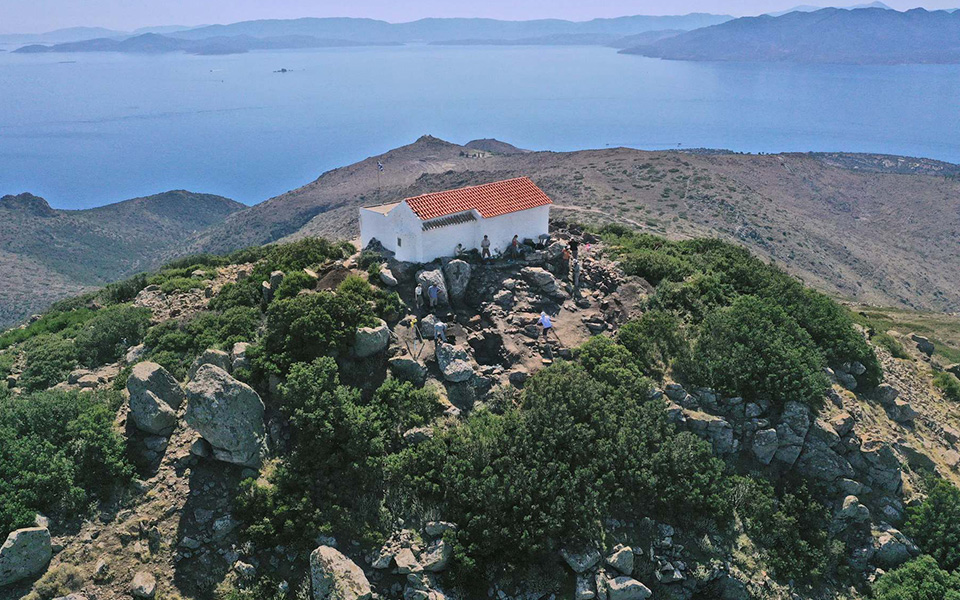
© Hellenic Ministry of Tradition
Fragments of the traditional sanctuary stay scattered across the summit. A basis of large stone blocks and fragments of roof tiles lie simply beside a small Orthodox chapel, suggesting a temple as soon as stood right here, layered beneath centuries of worship. A surviving archaic altar completes the image of sacred continuity – from Bronze Age ritual to Christian devotion – making this a uncommon website the place perception has outlived stone.
The hike to Mount Hellanion begins close to the villages of Anitseo or Sfentouri, winding gently upward via dry slopes scented with wild sage and pine. Although the path is uncovered and greatest began early within the day, few make the climb, and people who do are rewarded with panoramic views stretching from Athens to the Peloponnese, and throughout the Saronic Gulf to islands drifting like fable on the horizon.
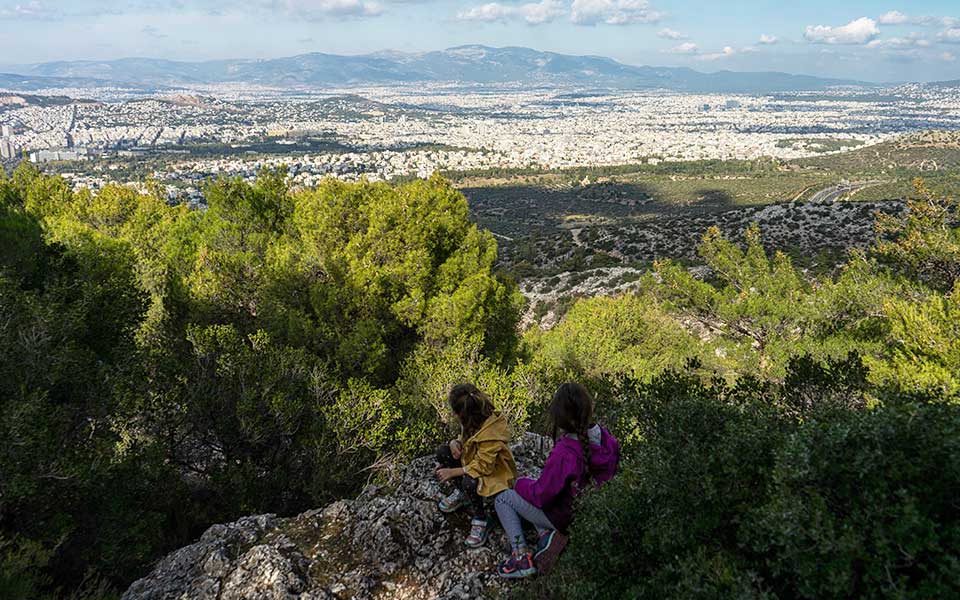
© Marika Tsouderou
Mount Ymittos: Bees and Rustic Gods
Rising to the east of Athens like a silent, inexperienced sentinel, Mount Ymittos (Hymettus) is best identified immediately for its honey and mountain climbing trails than for its historic shrines. But in antiquity, this mountain was dotted with locations of prayer – caves, springs, and excessive ridges the place Athenians as soon as climbed to hunt the favor of Zeus Ombrios, the bringer of rain, together with rustic gods like Pan and the Nymphs.
Although modest in peak, Ymittos was an important piece of Attica’s sacred geography. Pausanias described it as barren of timber, but fertile in its personal manner: “Ymittos, though it has no timber, pastures bees excellently” (Description of Greece 1.32.2). And it was to those wild slopes that worshippers got here, abandoning votive choices, carved niches, and inscriptions in caves and at mountaintop altars.
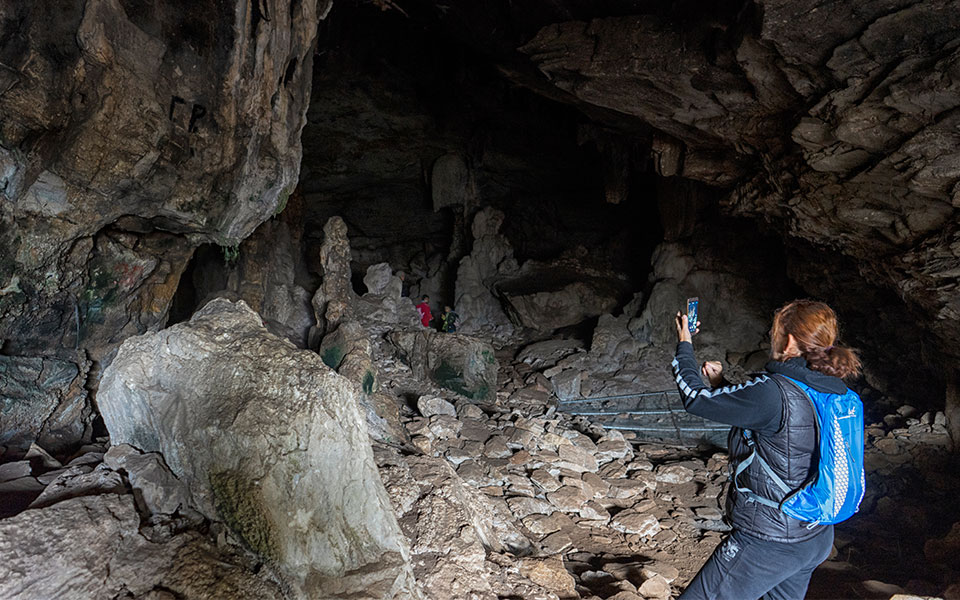
© Marika Tsouderou
The open-air sanctuary of Zeus Ombrios, close to the summit of Evzonas (1,026 m), was excavated between the World Wars by American archaeologists Carl Blegen and Rodney Younger. The finds revealed two main durations of use: an early part (950–575 BC) with home cups, jugs, and burnt bones suggesting sacrificial rites; and a later one, round 400 AD, with over 120 Late Roman oil lamps. Most putting of all have been 170 graffiti inscriptions, revealing a surprisingly excessive degree of literacy amongst native worshippers as early because the seventh century BC.
Nevertheless, trendy entry to the summit – and the scattered stays of the sanctuary itself – is restricted as a consequence of a navy set up. Hikers can nonetheless discover Ymittos through a well-maintained community of trails, particularly from the Kaisariani Monastery, whose historic ruins and peaceable courtyards supply their very own glimpse into Attica’s religious previous. From there, the trail winds via pine forests, scattered ruins, and herb-scented slopes. Alongside the way in which, chances are you’ll go Leontari Cave, one other historic website of rustic devotion to Pan and the Nymphs.
For our mountain climbing information to Mt. Ymittos, click on here.

Mount Ithome: Sanctuary and Stronghold
Returning to the Peloponnese, in the rugged coronary heart of Messenia, Mount Ithome rises like a vigilant sentinel above the plains – its pine-studded slopes and limestone cliffs topped with historic partitions and sacred stones. For hundreds of years, this summit was greater than only a vantage level. It was holy floor, the area of Zeus Ithomatas, a sky god who watched over a folks outlined by each devotion and defiance.
The traditional traveler Pausanias visited the location and described a sanctuary devoted to Zeus, together with an area competition, the Ithomaia, held in his honor (Description of Greece, 4.33.2). However Mount Ithome was not solely a spot of worship – it was a fortress of resistance. Throughout the Third Messenian Conflict (c. 464–455 BC), following a catastrophic earthquake in Sparta, rebellious helots and Messenian leaders fortified the summit and held out towards Spartan domination for over a decade.

Archaeological stays on the mountain embrace Cyclopean partitions, shrine foundations, and defensive constructions later absorbed into the Byzantine monastery of Voulkano, which nonetheless stands immediately. In line with native custom, an oracle as soon as operated right here. The tripod base of that oracle can nonetheless be seen embedded within the southeastern nook of the Church of the Panagia of Voulkaniotissa, inside the Higher Monastery of Voulkano, or Katholikon, constructed within the seventh century AD straight on or close to the traditional sanctuary.
The climb to Ithome begins in the city of Mavrommati, the place a steep however well-marked path leads up the mountainside. The trail threads via wildflowers, buzzing with birdsong in spring, and opens onto panoramic views of the Messinian Gulf, the fertile Pamisos plain, and the distant Taygetos vary.
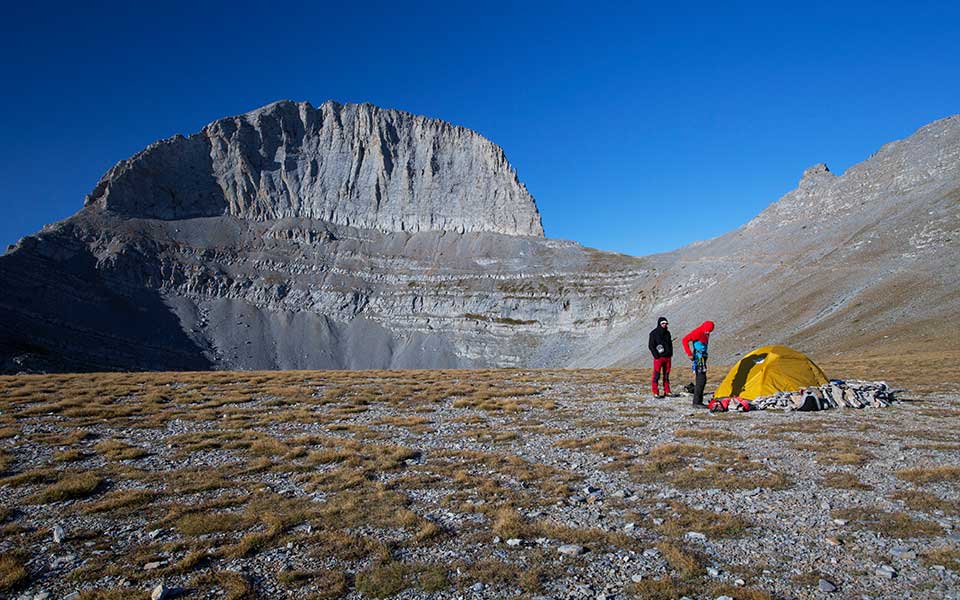
© Olga Charami
Mount Olympus: Residence of the Gods
To the traditional Greeks, Mount Olympus was not simply the very best level of their world – it was the divine seat of energy, the place Zeus dominated in thunder, and the Olympian gods held court docket above the clouds. Rising to 2,918 meters, Olympus is the tallest mountain in Greece, and one of many highest peaks in Europe.
In Homeric Greek, Olympus is portrayed extra as a cosmic realm than a exact peak. Within the “Odyssey” (6.42) and “Iliad” (5.754), it serves as a celestial area synonymous with the sky (ouranos), not but anchored to geography. Later interpretations did find the gods’ residence on this actual, thunder-split massif, whose storm-prone summits appeared to brush the heavens. Some historic sources even name Olympus “Mount Belus,” referring to a “heavenly threshold” (Iliad 1.591) – a time period wealthy with cosmic significance.
Although no temple ever stood atop its peaks, Olympus was central to historic Macedonian non secular life. On the foot of the mountain lay Dion, a thriving metropolis and sanctuary the place Macedonian kings, together with Philip II and Alexander the Nice, supplied sacrifices to Zeus Olympios. Larger up, at spots just like the Plateau of the Muses (c. 2,600 m), archaeologists have uncovered votive altars, inscriptions, and the stays of pilgrimage routes – proof that historic Greeks ascended the mountain, not simply in creativeness, however in ritual.
Maybe essentially the most putting image of sacred continuity is the chapel of Profitis Ilias, perched on the summit of the identical title at 2,803 meters. Constructed within the sixteenth century by Saint Dionysios of Olympus, it’s the highest-standing chapel within the Balkans, usually snowbound and windswept even into summer season. Right this moment, it nonetheless hosts annual liturgies at dawn.
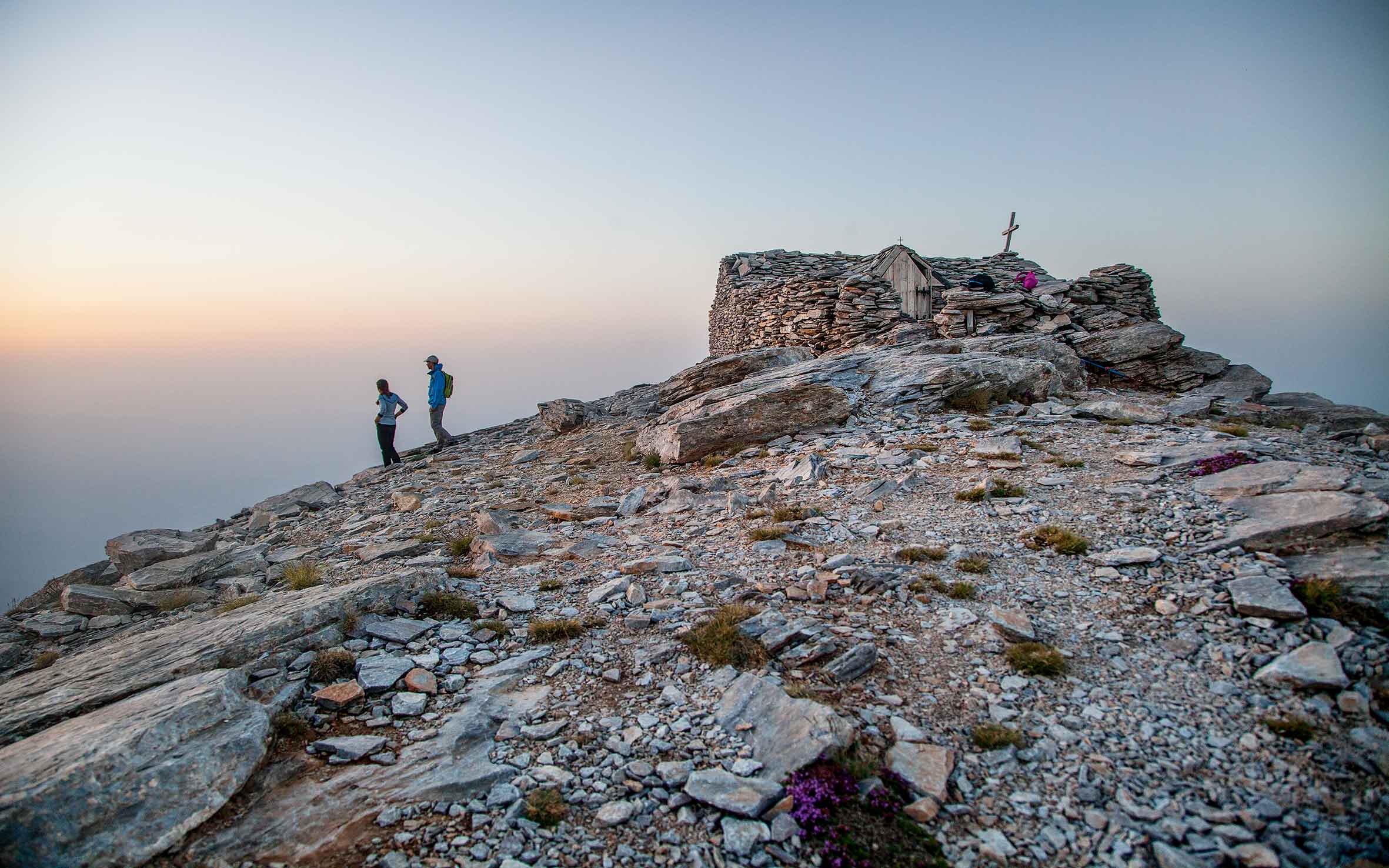
© Olga Charami
Trendy vacationers sometimes start their ascent from Litochoro, on the jap flank of the mountain. The E4 European long-distance path leads via the Enipeas Gorge, a lush passage of waterfalls, dense forest, and stone bridges, earlier than reaching Prionia, a key relaxation level at 1,100 meters.
From there, most hikers proceed to Refuge Spilios Agapitos (2,100 m), a preferred in a single day cease. These aiming to summit Mytikas, the true peak, should deal with a steep and uncovered scramble – labeled as a YDS Class 3 or average climb – greatest suited to skilled hikers or guided teams. For a barely simpler aim, Skolio Peak (2,911 m) presents jaw-dropping views with out the identical technical calls for.
Click on here for our journey information to Mount Olympus.
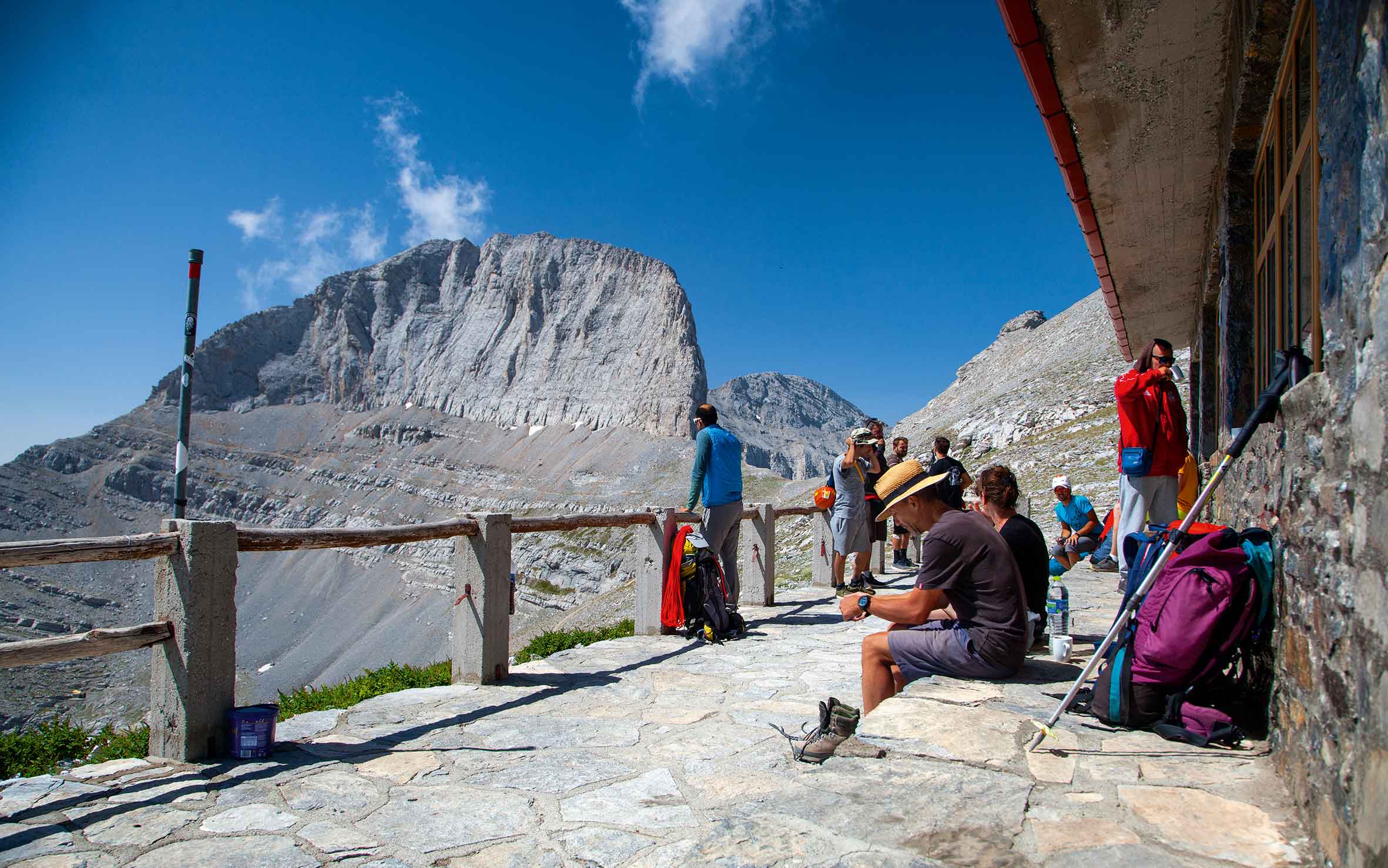
© Olga Charami
Sacred Heights
From the wind-scoured slopes of Mount Ida to the cloud-bound heights of Olympus, Greece’s mountain sanctuaries type a quiet constellation of historic perception. Although scattered throughout the panorama, they share greater than altitude. Practically all have been devoted to Zeus – not the marble-seated Olympian of later temples, however his older, wilder varieties: Zeus Ithomatas, Lykaios, Ombrios, Hellanios – gods of rain, storms, judgment, and the uncooked forces of nature.
These peaks have been greater than locations of worship. They have been thresholds between the human and the divine, between valley life and sacred sky. Some served as refuges and rallying factors, like Ithome, stronghold of the Messenian resistance. Others marked tribal borders or hosted regional festivals that predated even Olympia.
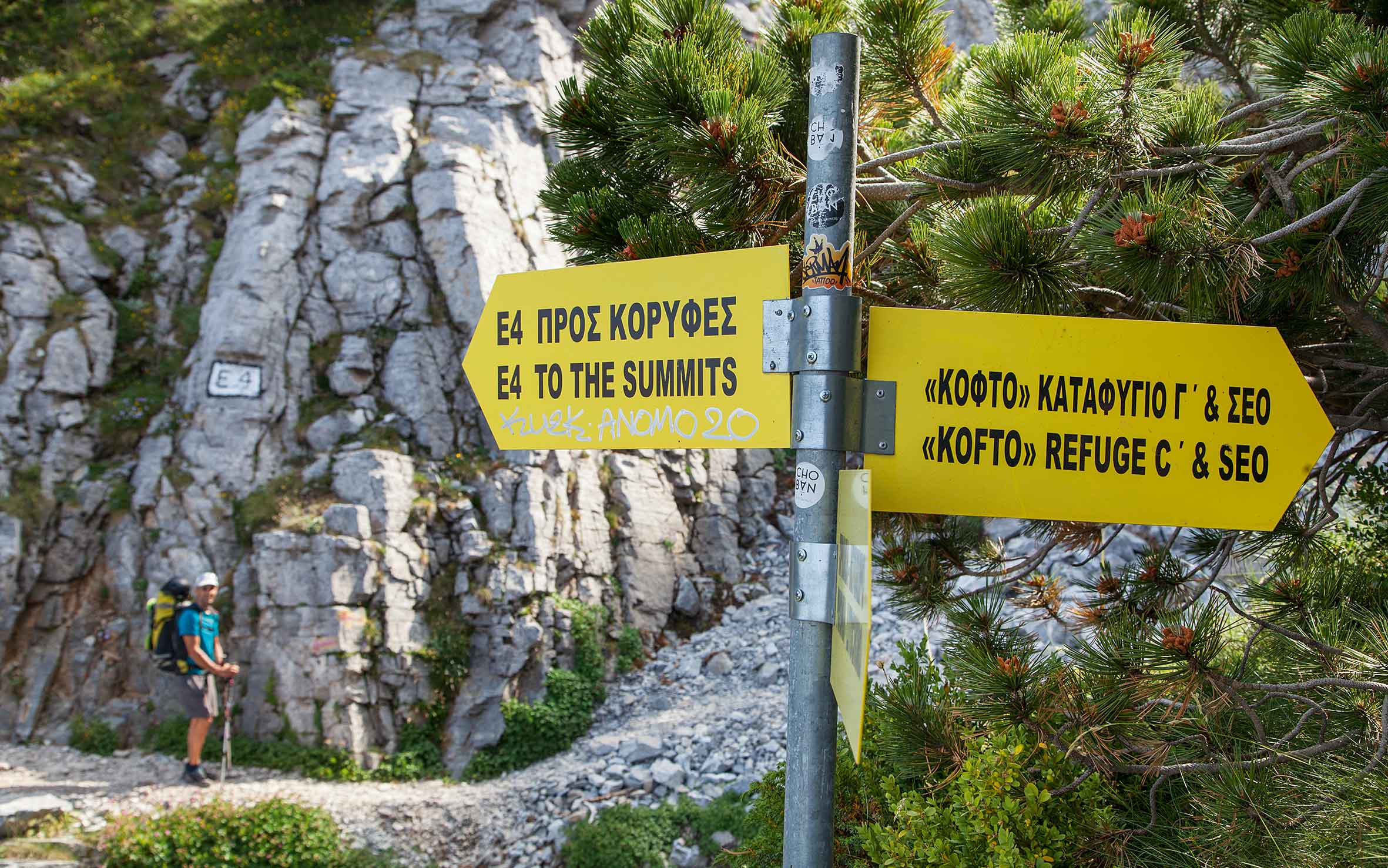
© Olga Charami
For contemporary vacationers, these heights nonetheless supply one thing profound: an opportunity to attach fable, reminiscence, and panorama. Could is the right time to discover – trails are dry, days are lengthy, and wildflowers bloom on each ridge.
Accessible routes embrace Mount Hellanion Oros (Aegina) and Mount Ymittos, each providing sweeping views and light-weight, half-day hikes.
Mount Ithome and Mount Lykaion require extra effort however reward with solitude, historic resonance, and commanding vistas.
Mount Olympus is essentially the most demanding. Reaching Mytikas – the true summit – requires correct gear, expertise, or a licensed mountain information. Climate can change quickly, and the ultimate scramble is uncovered and technical.
Whichever peak you select, go ready: convey loads of water, solar safety, sturdy footwear, and a charged telephone or GPS gadget. Respect native signage, pack out what you herald, and tread gently – in lots of respects, these are nonetheless sacred locations.
At their coronary heart, these mountains will not be simply ruins or relics. They’re residing landscapes, formed by gods, climate, and the quiet footsteps of pilgrims. With care and curiosity, you should still hear the wind carry an historic voice – simply because the Greeks as soon as did, excessive on their sacred heights.



Recent Comments